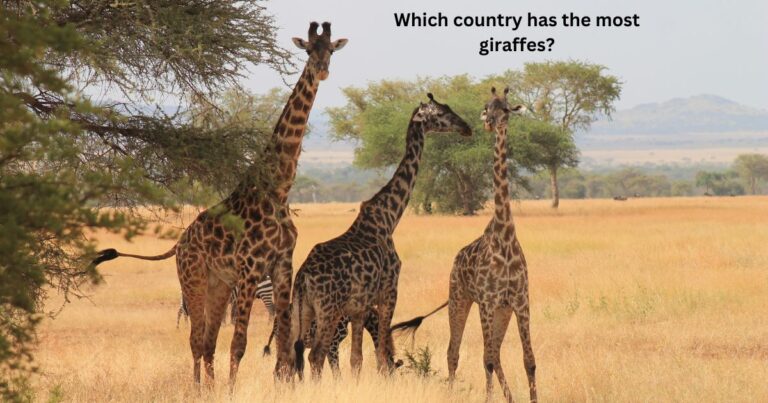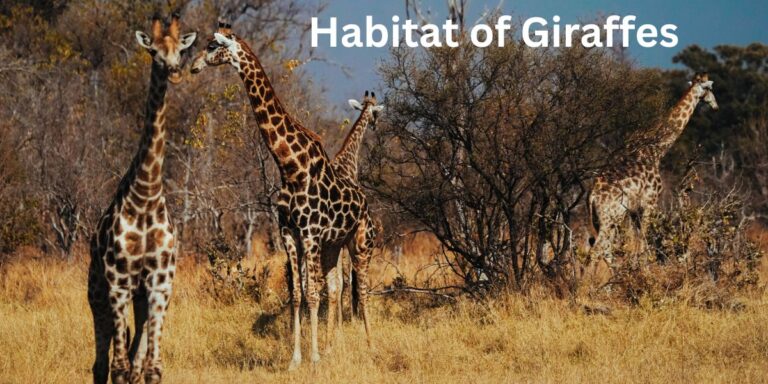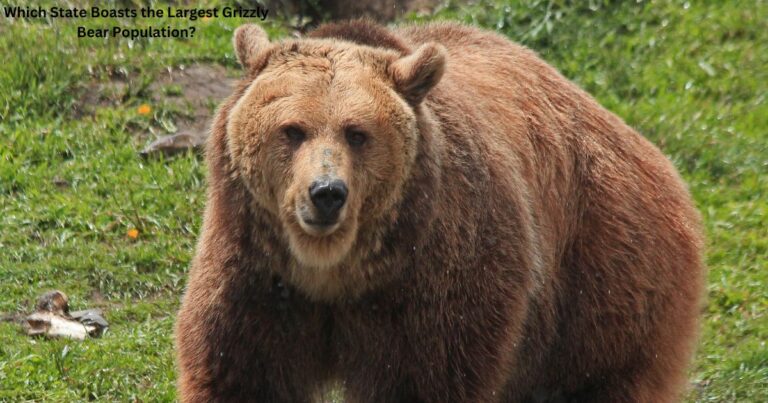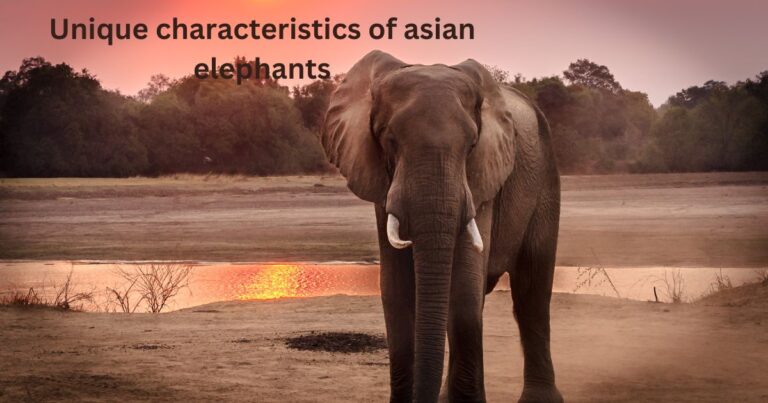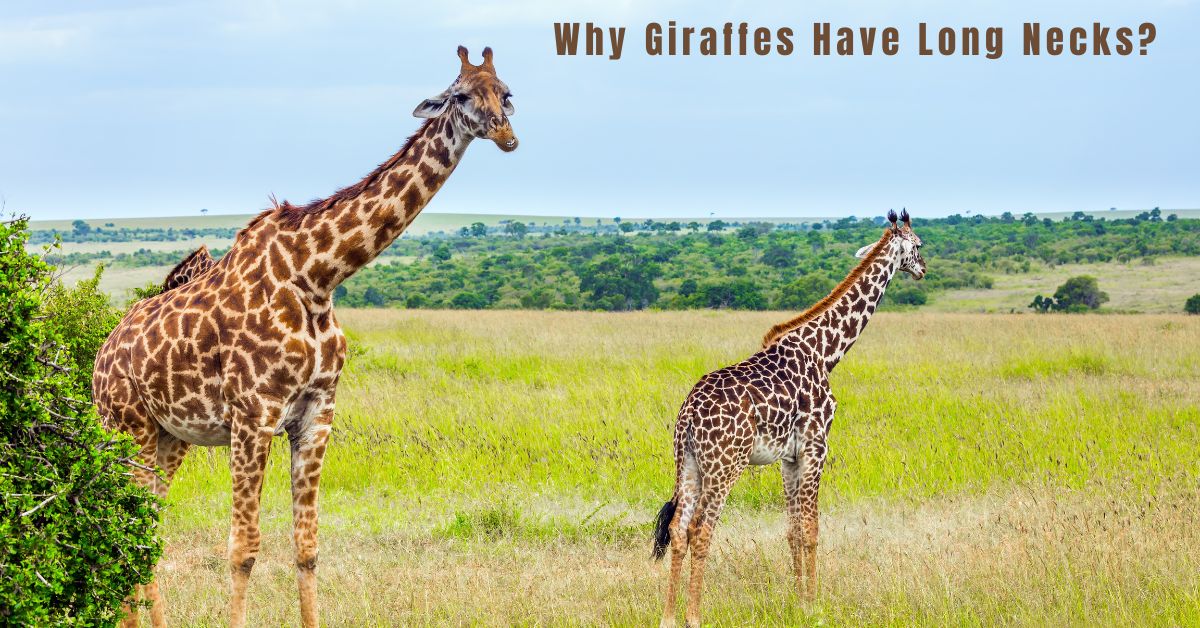
Introduction
Giraffes are one of the most fascinating animals on the planet, known for their exceptionally long necks. But why do giraffes have necks? This question has intrigued scientists and animal lovers for centuries. In this article, we will explore various theories of reasons behind necks of giraffes, shedding light on evolutionary adaptations that made them such unique creatures.
Advantages and Disadvantages of Long Necks in Giraffes
| Advantages | Disadvantages |
|---|---|
| Access to high foliage | Cardiovascular strain |
| Better mating success | Vulnerability while drinking |
| Enhanced vigilance and safety | Risk of injury from necking battles |
The Evolutionary Journey of Giraffes
The question, “why giraffes have long necks?” has its roots in evolution. Giraffes belong to the Giraffe family, which also includes okapi, their closest relative. However, are the only ones in this family with such necks. To understand why, we need to look at evolutionary history.
Natural Selection and Long Necks
One of the primary theories explaining why giraffes have long necks is natural selection. Charles Darwin’s theory of selection suggests that certain traits become more common in a population because they provide some advantage in survival and reproduction. In case of giraffes, the neck might provide several benefits.
The Advantage of Height
The most widely accepted reason for why giraffes have long necks is their ability to reach high leaves in trees. In the African savannah, where live, food can be scarce, especially during dry seasons. Trees like acacias, which grow tall, provide a crucial source. Giraffes with longer could these leaves, giving them an advantage over other herbivores that couldn’t. This height allowed thriving even when lower vegetation was depleted.
Sexual Selection and Long Necks
Another important theory to consider when asking, “why do giraffes have long necks?” is sexual selection. This suggests that evolved necks not just for feeding advantages, but also mating purposes.
Necking Behavior
Male giraffes engage in a behavior known as “necking,” where they use their necks as weapons in combat with other males. These battles determine dominance and access to females for mating. Males longer, stronger are more likely to win these, therefore have opportunities to reproduce. Over time, this could lead to the evolution of longer desirable trait males.
Female Preference
In addition to fighting, it is also possible that female giraffes prefer males with longer necks. This preference would further drive the evolution of necks through sexual selection. Females may associate better health, strength, and genetics, making them more likely to choose such as mates.
Physiological Adaptations
When considering why giraffes have long necks, it’s essential to understand the physiological adaptations that accompany this trait. A neck is not just a simple extension of the body; it requires several unique functions effectively.
Cardiovascular System
Giraffes have a highly specialized cardiovascular system to manage the challenges posed by their long necks. Their hearts are incredibly powerful, capable of pumping blood up neck’s to the brain. The vessels in also contain unique valves that prevent from rushing back down when they lower heads to drink water. Without these adaptations, giraffes would struggle with circulation and pressure changes.
Vertebrae Structure
The necks of giraffes are made up of seven elongated vertebrae, the same number found in most mammals, including humans. However, these vertebrae much longer and have special joints that allow for flexibility range of motion necessary in feeding, fighting, other activities.
The Role of Ecology
The ecological environment of giraffes plays a significant role in why they have long necks. Understanding the interactions between and their habitat provides further insights into this fascinating adaptation.
Competition for Food
In the African savannah, competition for food is intense. Various herbivores, from zebras to antelopes, graze on available vegetation. Giraffes, with their long necks, can access sources that other animals cannot reach. This reduces direct and allows giraffes to exploit a unique ecological niche, helping ensure survival.
Seasonal Variations
During the dry season, when lower vegetation becomes scarce, ability to reach higher foliage even more critical. Giraffes’ long necks allow them to continue feeding food is limited, providing a significant survival advantage.
Theories and Controversies
While the explanations above are widely accepted, the question “why giraffes have long necks?” still sparks debate among scientists. Some alternative theories suggest different evolutionary pressures and adaptations.
Thermoregulation
One less common theory proposes that giraffes’ long necks help with thermoregulation. The idea is the elongated provide a larger surface area for heat dissipation, helping giraffes stay cool in hot African climate. However, this supported compared to feeding and sexual selection theories.
Watchtower Hypothesis
Another interesting hypothesis is the “watchtower” theory, which suggests that giraffes’ long necks evolved to help them spot predators from a distance. With their elevated vantage point, giraffes can see potential threats early and have more time to react. While this theory has some merit, it is generally considered secondary to the feeding and mating advantages provided by long necks.
FAQs About Why Giraffes Have Long Necks?
Why do giraffes have long necks?
Giraffes have long necks, primarily due to natural selection for feeding advantages and sexual selection for mating success. Their long necks allow them to reach high foliage in trees and give males an advantage in necking battles for mates.
How do giraffes manage blood flow to their heads?
Giraffes have specialized cardiovascular systems, including powerful hearts and unique blood vessel valves, to pump blood up their long necks and prevent blood from rushing back when they lower their heads.
Do all giraffes have long necks for the same reason?
While the primary reasons are feeding and mating, some theories suggest additional benefits, such as thermoregulation and predator spotting, though these are less widely accepted.
How many vertebrae are in a giraffe’s neck?
Giraffes have seven elongated vertebrae in their necks, the same number as most mammals, but their vertebrae are much longer and adapted for flexibility and strength.
Are there any other animals with similarly long necks?
While no other animals have necks as long as giraffes, some birds, such as ostriches and flamingos, also have long necks, but for different evolutionary reasons related to their habitats and feeding behaviors.
How do long necks benefit giraffes in the wild?
Long necks allow giraffes to access food sources that other herbivores cannot reach, reducing competition and ensuring their survival, especially during dry seasons when lower vegetation is scarce.
Do female giraffes prefer males with longer necks?
Yes, it is believed that female giraffes prefer males with longer necks, as they are associated with better health, strength, and genetics, giving such males a reproductive advantage.
Can giraffes use their necks for anything other than feeding and fighting?
While feeding and fighting are the primary uses, giraffes’ long necks may also provide some benefits in thermoregulation and predator spotting, though these are secondary advantages.
Conclusion
So, why do giraffes have long necks? The answer lies in a combination of evolutionary pressures related to feeding and mating. Their necks allow them to reach high foliage that other animals can’t access, providing a significant survival advantage. Additionally, give male an edge necking battles for mates, driving sexual selection. These adaptations are supported by specialized physiological traits, such as powerful hearts unique blood vessels. While alternative theories like thermoregulation of predator spotting add depth to our understanding, the primary reasons giraffes’ clear. Understanding not only sheds light on their biology but also intricate processes of evolution in natural

